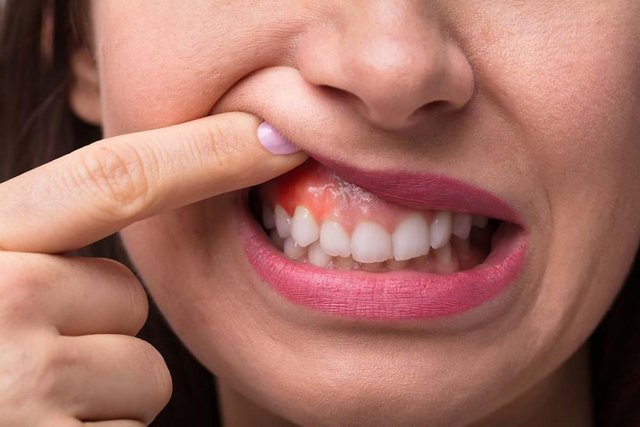7 Mistakes in Treating Gingivitis
Gingivitis is one of the most common diseases of the oral cavity. It is an inflammation of the gums accompanied by redness, bleeding, bad breath, and discomfort. In the early stages, gingivitis is easy to treat, but unfortunately, many people make mistakes that cause the disease to become chronic or even lead to periodontitis, a much more serious and dangerous problem. In this article, we have gathered the seven most common mistakes in treating gingivitis that prevent full healing.
1. Ignoring the first symptoms
The first and perhaps most dangerous mistake is ignoring warning signs. Slight redness of the gums, bleeding when brushing your teeth, or bad breath are signs of gingivitis. However, many people consider such symptoms to be insignificant and attribute them to aggressive tooth brushing or eating something hard. In fact, the sooner you see a dentist, the easier the treatment will be. By postponing your visit, you give the disease a chance to become more serious.
2. Self-medication without consulting a doctor
There are many tips on the Internet for treating gingivitis at home: rinsing with soda, herbs, and a hydrogen peroxide solution. Although some of these methods can temporarily relieve inflammation, they don’t eliminate the cause of the disease without an accurate diagnosis. In addition, some home remedies can worsen the situation. Only a dentist can determine the type of gingivitis, identify triggering factors, and prescribe the correct treatment.
3. Irregular and improper oral hygiene
People with gingivitis often believe that they should not brush their teeth too thoroughly when they have gingivitis, in order to avoid increasing bleeding. This is a misconception. Regular but gentle hygiene is the basis for successful treatment. Dental plaque is the primary cause of gingivitis and should be removed twice a day. Use a soft toothbrush, special toothpaste for sensitive gums, and be sure to clean between the teeth with dental floss or a mouthwash.
4. Refusal of professional dental cleaning
Many people believe that home care is sufficient. However, it is impossible to remove tartar accumulation without regular professional cleaning by a dentist. These deposits are a breeding ground for bacteria that cause inflammation. Even if the gums have begun to heal, but the tartar is not removed, the disease will return. Professional cleaning is recommended at least every six months, or more often in the case of gingivitis, as recommended by a doctor.
5. Stop treatment at the first improvement
Another common mistake is to stop treatment as soon as the acute symptoms disappear. The patient gets better, stops using mouthwashes, ointments, gels, or anti-inflammatory drugs, and the disease returns. Gingivitis is a chronic inflammation, the complete elimination of which requires treatment that must be carried out completely. Only a doctor can say whether the gums are really healthy.
6. Wrong choice of treatment
There are dozens of mouthwashes, ointments, gels, and pastes "for gingivitis". However, not all of them are equally effective. Some products only temporarily mask the symptoms without having an antibacterial effect. It is especially important to avoid overly aggressive alcohol-based mouthwashes, as they can cause irritation and dry out the mucous membranes. The correct choice of medication is possible only after examination by a dentist and taking into account the individual characteristics of the patient.
7. Ignoring related factors
Sometimes, gingivitis is caused not only by poor hygiene, but can also have other causes: hormonal changes, diabetes, smoking, vitamin deficiency, or a weakened immune system. If you only treat the symptoms without eliminating the triggering factor, the inflammation will continue to occur. For example, pregnant women often experience gingivitis due to hormonal changes. In patients who smoke, the inflammation can be latent and without obvious symptoms, but it can also develop rapidly. It is therefore essential to consider the treatment carefully and, if necessary, undergo an examination by a therapist or endocrinologist.
